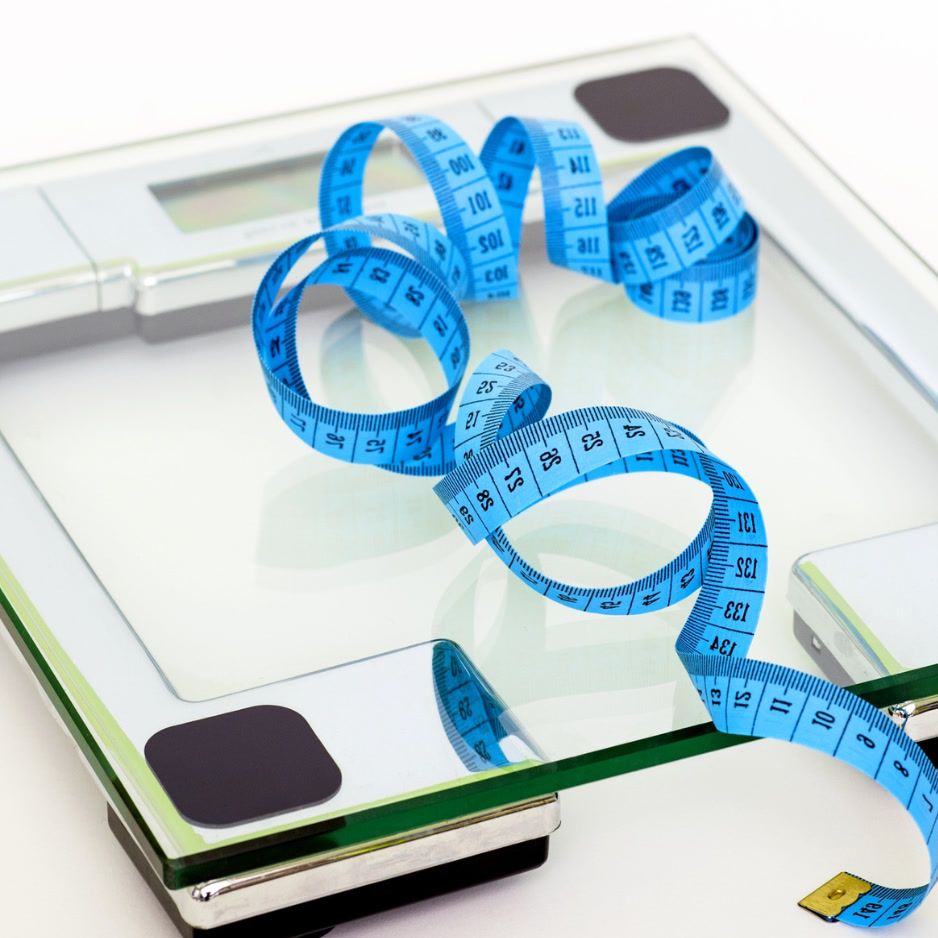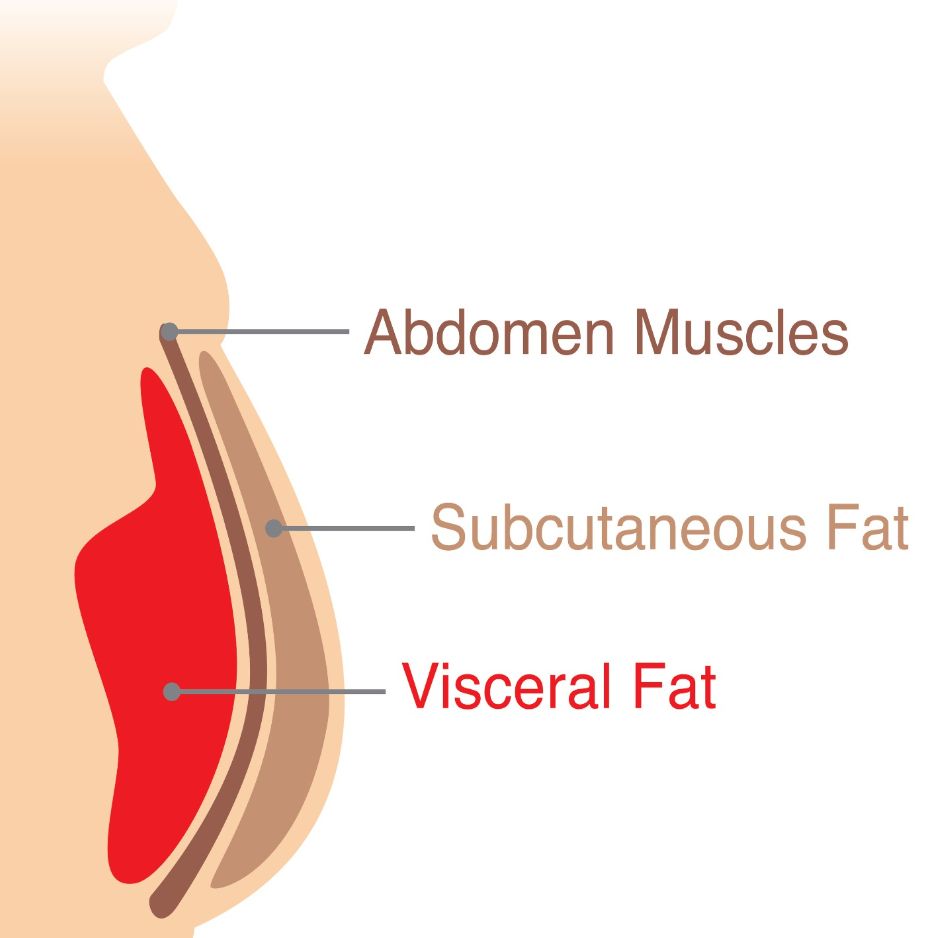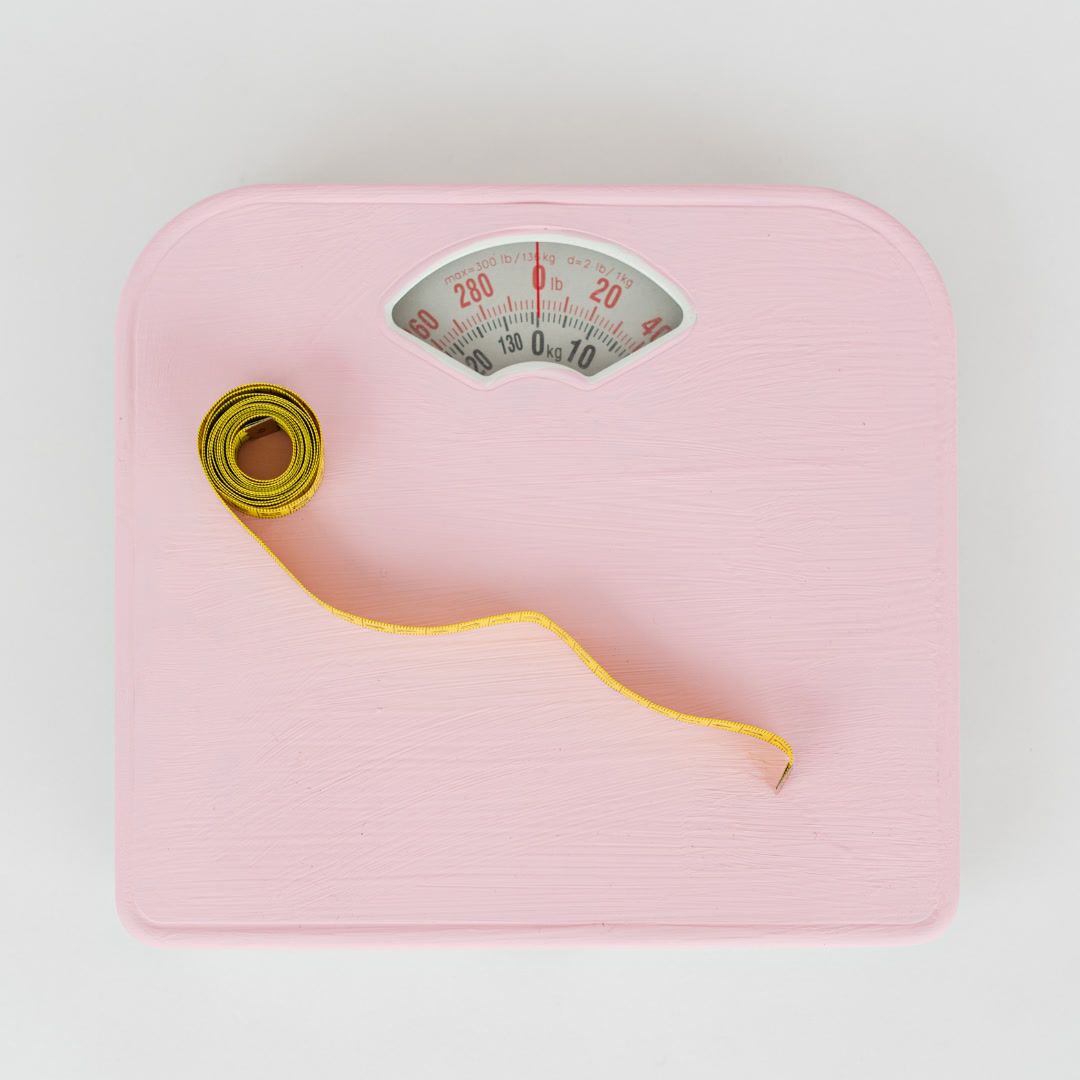Jawline Exercises: A Science-Backed 6-Minute Routine

Jawline Exercises: A Science-Backed 6-Minute Routine
Jawline exercises can help you gently strengthen and tone the muscles under your chin and along your neck, improving posture and subtly sharpening your profile. They’re not a spot-fat burner—reducing a double chin still comes from overall fat loss—but when you combine a short routine with smart lifestyle habits, you can see real, camera-ready changes.
TL;DR (What you came for)
- Do jawline exercises work? Yes—at toning, posture, and definition. Small studies show improved muscle tone and appearance over 8–20 weeks (20-week facial exercise pilot study; 8-week facial muscle device study; 8-week face-yoga trial).
- Can they melt a double chin? No. Spot reduction is a myth—fat loss happens body-wide, not in one area (spot-reduction myth overview; why facial fat can’t be spot-reduced).
- Are jaw “chewing ball” devices worth it? Evidence is weak and risks are real (jaw pain, headaches, TMJ issues). Proceed with caution (case review of jaw exercisers; expert risk overview).
- Want a routine? Do the 6-minute plan below daily and track progress with consistent photos and objective body data like a BodySpec DEXA scan.
A quick look at the muscles you’ll train (in plain English)
- Chewing/closing: masseter, temporalis, medial pterygoid
- Opening/stabilizing: digastric, suprahyoids
- Neck/jaw contour & posture: platysma, deep neck flexors
Tip: Skip hard clenching. Overworking the masseter (e.g., with heavy chewing gadgets) can enlarge it, sometimes making the lower face look wider (jaw exerciser review and masseter enlargement). Focus on posture, gentle isometrics, and controlled movement.
The safe 6-minute jawline exercise routine (daily or 5–6x/week)
- Move slowly; stop if you feel pain or joint clicking.
- Breathe through your nose; keep your tongue lightly on the roof of your mouth.
- Rest 15–30 seconds between sets.
- Posture reset — 60 seconds
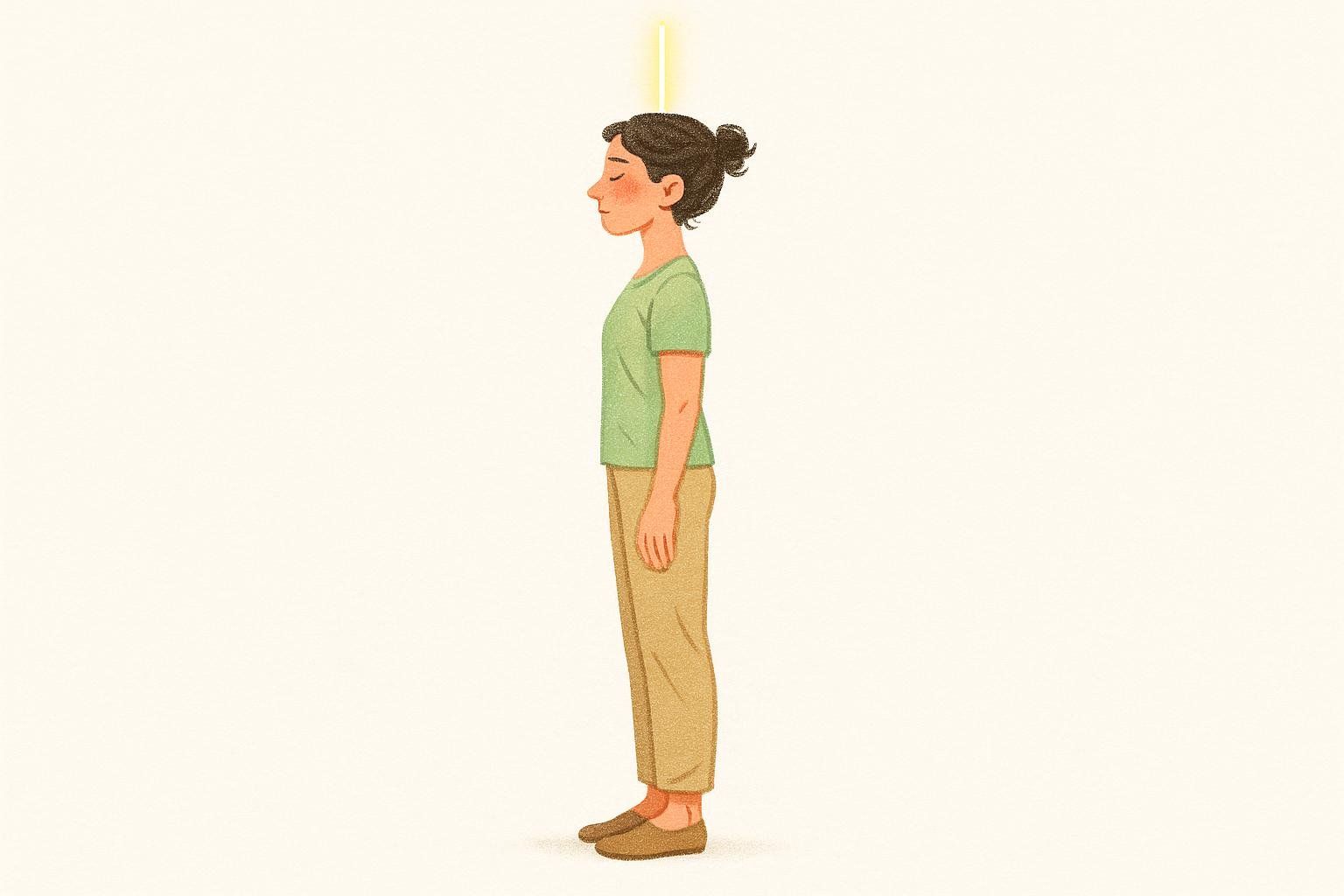
- Stand tall, ribs down, chin gently tucked.
2. Imagine a string lifting the crown of your head.- Take 3–4 slow breaths into your lower ribs.
-
Chin tucks (deep neck flexors) — 2 sets of 8–10 reps
- Sit or stand tall; eyes level.
- Glide your chin straight back (make a gentle “double chin”).
- Hold 3 seconds without clenching your jaw; return to neutral.
-
Neck curl-up — 2 sets of 8–10 reps
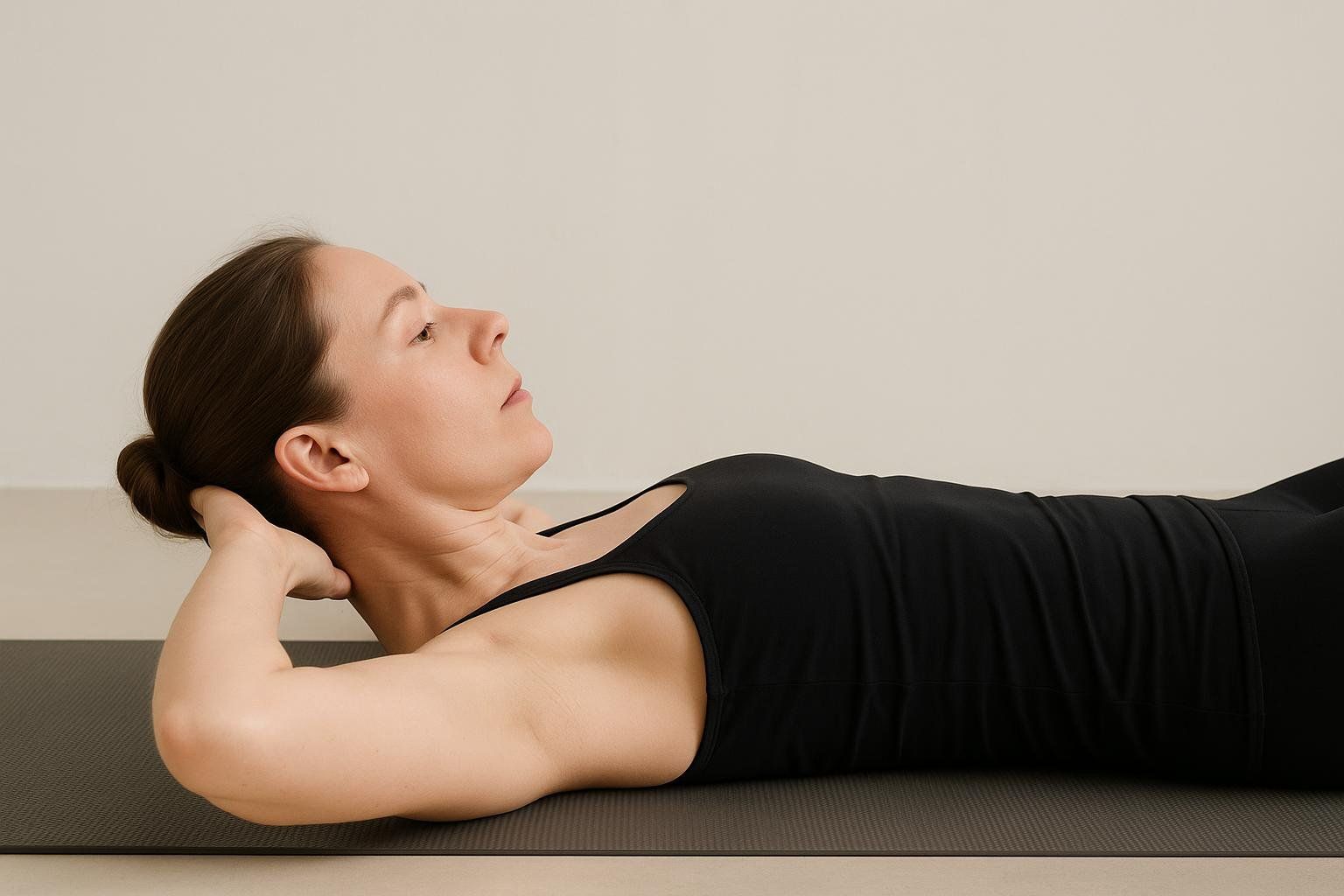
- Lie on your back; tongue on the roof of your mouth.
2. Nod your chin and lift your head ~1 inch.- Hold 2–3 seconds; avoid shrugging; lower with control.
- Tongue–palate press with hum — 2 sets of 20–30 seconds
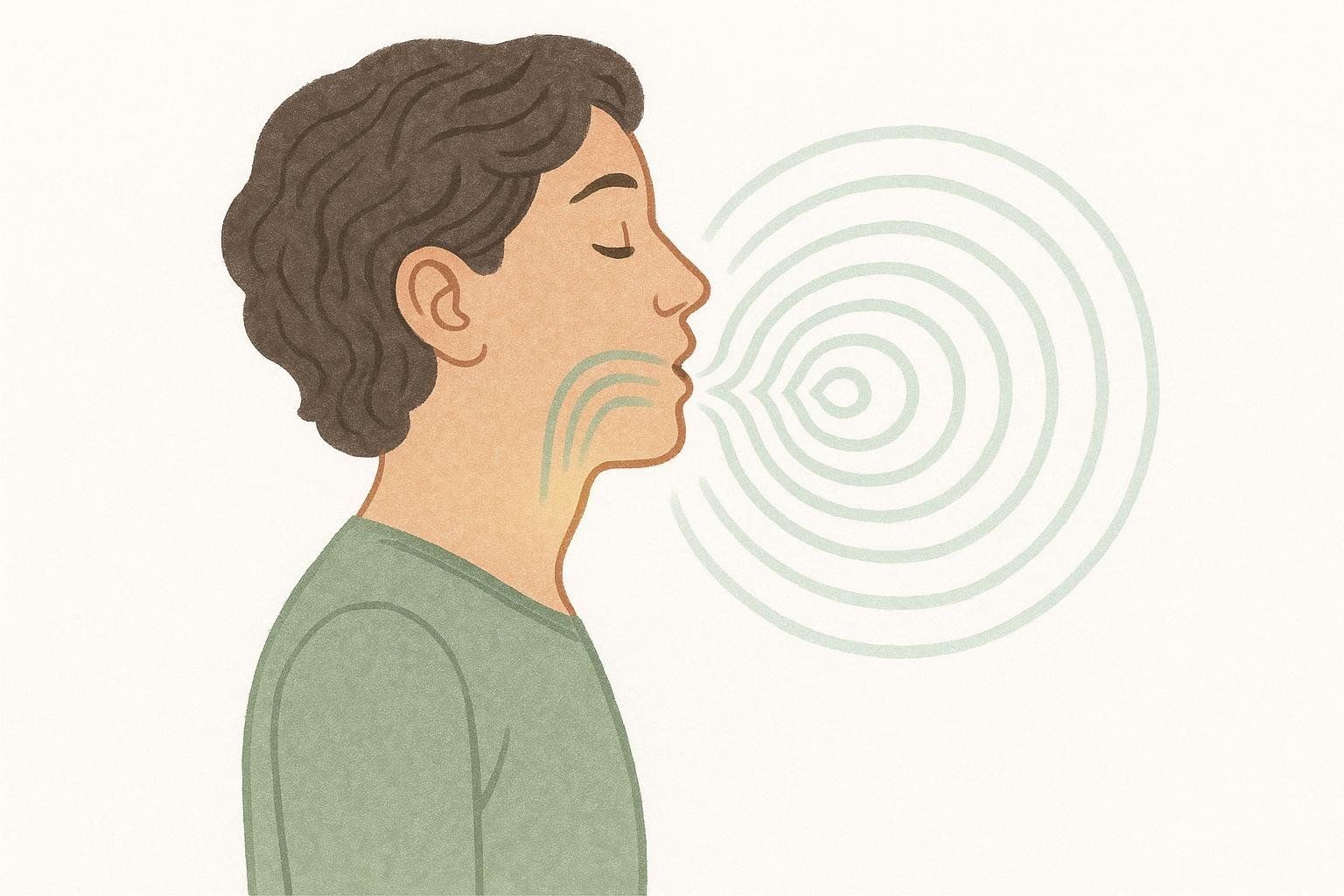
- Sit tall; relax shoulders.
2. Press your tongue just behind your front teeth on the palate.- Hum lightly while keeping the press; breathe steadily.
-
E-to-O vowels — 2 sets of 20–30 seconds
- Exaggerate a wide “E.”
- Slowly transition to a long “O.”
- Keep shoulders relaxed; feel the muscles around your mouth and jaw working.
-
Head retraction (neck glide) — 2 sets of 8–10 reps
- Stand with your back against a wall, head, upper back, and hips touching.
- Slide the back of your head up the wall to lengthen your neck (think “grow tall”).
- Retract so the base of your skull nods slightly back toward the wall.
- Hold 2 seconds; return to neutral.
Tip: This is a larger, posture-focused move than the smaller chin tuck. The wall feedback helps you engage deep neck flexors and the upper back.
Progression: After 2–3 weeks, repeat the circuit twice (≈12 minutes). If you have jaw pain, popping, or headaches, stop and consult a clinician. Start light; jaw/neck muscles decondition easily.
Myth-busting popular approaches
- Chewing balls/jaw exercisers: Target chewing muscles, not fat or skin. Evidence for jawline sculpting is weak and TMJ irritation is common—be careful (case review of jaw exercisers).
- Mewing (forced tongue posture to reshape bone): No clinical evidence for adult bone reshaping; misapplied techniques can affect bite/speech.
- Chewing gum for a sharper jawline: Won’t reduce facial fat; may mildly work masseters with limited cosmetic effect (spot-reduction myth overview).
- Face yoga: Some small studies show changes in muscle tone/elasticity and modest aesthetic improvements with consistent practice (8-week face-yoga trial; 20-week facial exercise pilot study).
Bottom line: Gentle isometrics and posture work = good. Hard clenching devices = proceed with caution.
Safety first: when to skip or modify
- Current or recent TMJ disorder, jaw pain, or clicking
- Recent dental procedures or orthodontic changes
- Headaches triggered by jaw/neck tension
- Any nerve symptoms (numbness, tingling)
Stop if you feel pain, joint noises, or symptom flare. See a dentist, physical therapist, or physician if unsure.
The fastest way to “show” your jawline
You can’t spot-reduce facial fat, so the quickest visible change comes from lowering overall body fat and minimizing facial bloating:
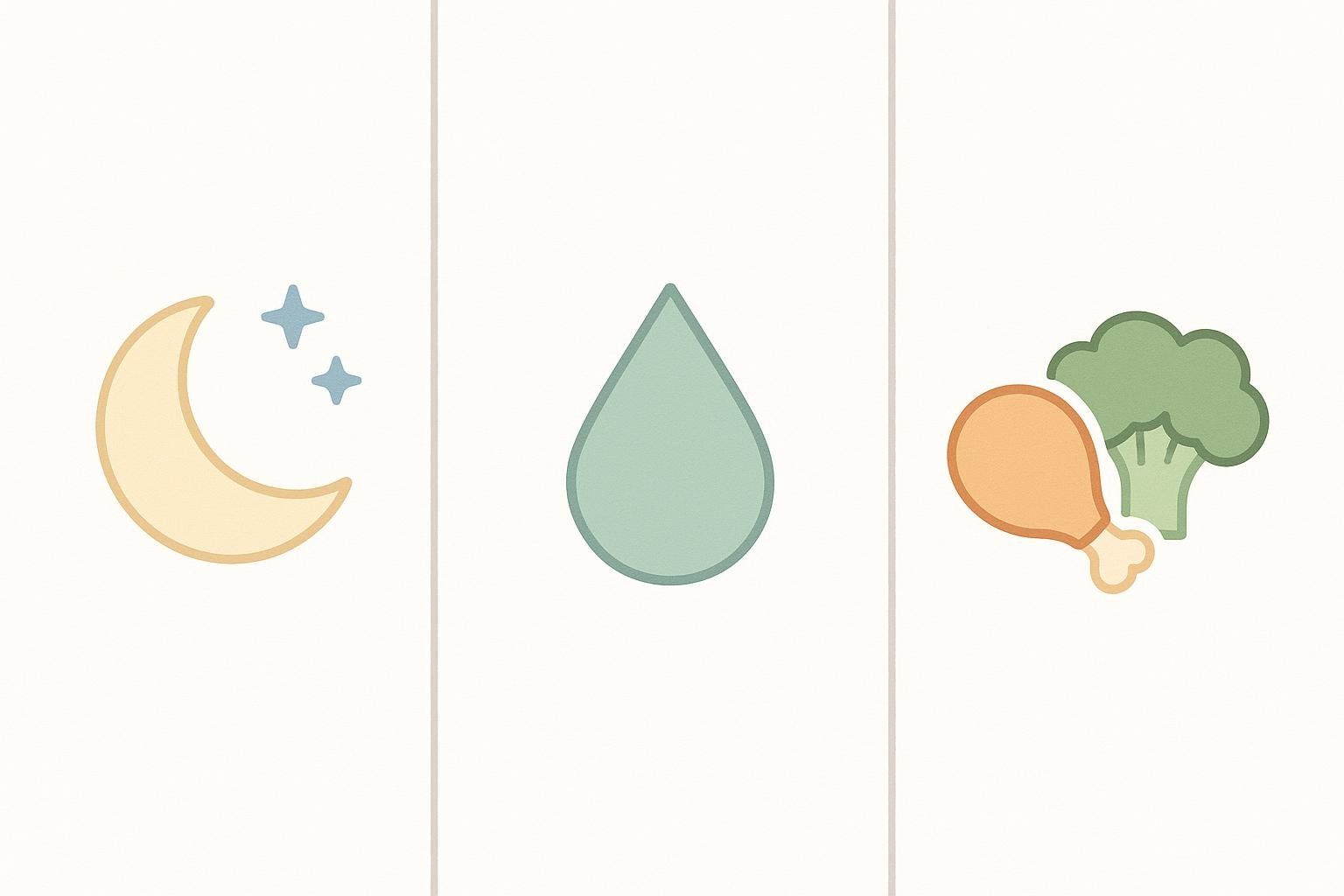
- Create a modest calorie deficit and prioritize protein to preserve lean mass—focus on improving your overall body composition rather than chasing the scale alone.
- Be consistent with cardio + strength to drive fat loss, including visceral fat, which can influence facial fullness. Learn more about how to lose visceral fat.
- Sleep 7–9 hours and manage stress; poor sleep and high cortisol push fat centrally.
- Watch salt and alcohol before photos/events to reduce temporary puffiness.
Pro tip: Recheck body composition every 8–12 weeks with a BodySpec DEXA scan. Precise tools like DEXA make it easy to spot small, real changes and keep your plan on track (our DEXA accuracy guide).

How to track progress (beyond selfies)
- Weekly standardized photos: same lighting, distance, neutral expression, and posture.
- Be cautious with self-measurements (like neck circumference or under-chin skinfolds)—small placement and tape-tension errors can swing results and muddy trends. For accurate, repeatable data, use periodic DEXA scans to track whole-body fat loss and ensure you’re preserving lean mass.
FAQs
How long until I notice a difference?
Subtle changes can show up in 4–8 weeks with daily practice. More visible definition usually mirrors overall fat loss over 8–12+ weeks. Pilot/device studies ran 8–20 weeks and reported improvements (20-week facial exercise pilot study; 8-week facial muscle device study).
Do jawline exercises burn my double chin?
No. Exercises can tone muscles and improve posture, but they don’t selectively burn under-chin fat (spot-reduction myth overview).
Is chewing gum helpful?
It can mildly work your chewing muscles, but it won’t reduce facial fat (why facial fat can’t be spot-reduced).
Are there medical treatments for under-chin fat or loose skin?
Yes—options exist (e.g., injectable deoxycholic acid, cryolipolysis, ultrasound-based skin tightening). Candidacy, risks, and outcomes vary—consult a board-certified dermatologist or plastic surgeon.
The bottom line
A sharper jawline is mostly a whole-body project. Use a brief, safe routine to tone supportive muscles and improve posture, skip risky gadgets, and focus on sustainable fat loss, sleep, and stress management. For data you can trust, track change with a BodySpec DEXA.
Ready to take the next step? Book your BodySpec scan to get precise, repeatable body-composition data and keep your progress honest.
